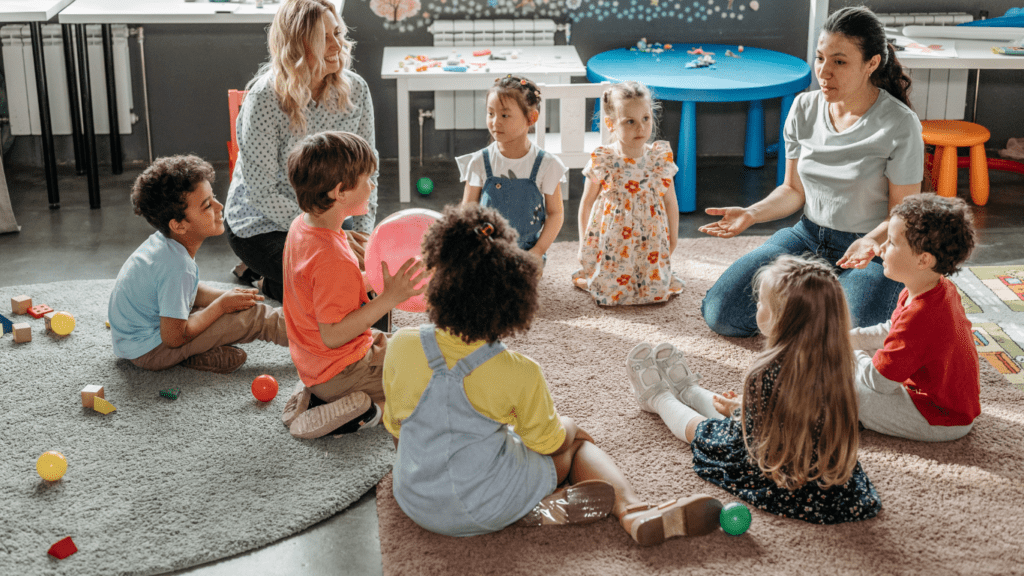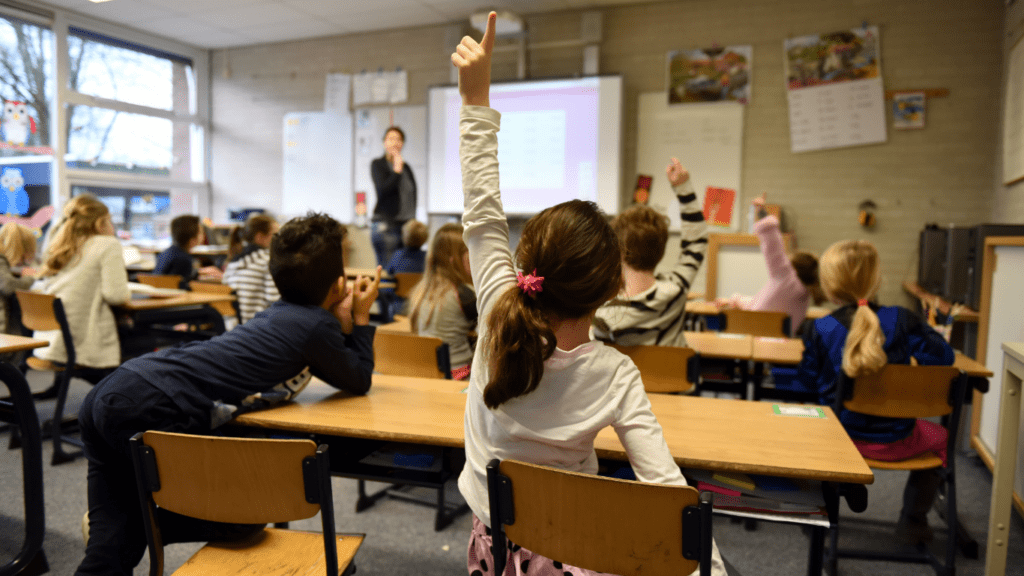Exciting changes are underway at the Lansing School District as they roll out innovative virtual learning programs. As an educator passionate about enhancing student experiences, I’m thrilled to share insights into how these new initiatives are reshaping the educational landscape. With technology playing a pivotal role in modern education, the implementation of virtual learning programs marks a significant step towards fostering interactive and engaging learning environments for students in Lansing.
In this article, I’ll delve into the details of the Lansing School District’s new virtual learning programs, exploring the benefits they offer to both students and teachers. From increased flexibility in learning schedules to the integration of multimedia resources, these programs are designed to cater to diverse learning styles and enhance overall academic performance. Join me as we uncover how these virtual learning initiatives are revolutionizing education in Lansing and beyond.
Overview of Lansing School District’s New Virtual Learning Programs
I’m excited to delve into the details of the Lansing School District’s cutting-edge virtual learning programs, designed to enhance the educational experience for both students and teachers. Let’s explore the objectives, goals, and components that make these initiatives revolutionary.
Objectives and Goals
In implementing the new virtual learning programs, the Lansing School District aims to provide a dynamic and interactive educational environment that adapts to the diverse needs of students. The primary objectives include enhancing student engagement, improving academic performance, and fostering a flexible learning schedule that accommodates individual learning paces. By leveraging technology, the district aspires to create a holistic learning experience that integrates multimedia resources, promotes critical thinking skills, and encourages collaboration among students and educators.
Components of the Virtual Programs
The virtual learning programs at the Lansing School District consist of various key components that contribute to their effectiveness. These components include interactive online courses tailored to different grade levels, virtual classrooms equipped with video conferencing capabilities for real-time communication, multimedia resources such as educational videos and interactive simulations, and personalized learning plans based on students’ progress and learning styles. Additionally, the programs incorporate assessments and feedback mechanisms to monitor student performance and provide timely support when needed. By combining these elements, the virtual learning programs offer a comprehensive educational approach that addresses the evolving needs of 21st-century learners.
Impact on Student Learning
Virtual learning programs in the Lansing School District have significantly impacted student learning in various ways.
- Academic Performance Improvements
Implementing virtual learning programs has led to noticeable enhancements in academic performance across different grade levels. With the integration of interactive online courses and multimedia resources, students have shown increased engagement and comprehension of the material. These programs have also fostered critical thinking skills and facilitated collaborative learning opportunities, resulting in higher academic achievement. - Feedback from Students and Teachers
Both students and teachers have provided positive feedback regarding the new virtual learning programs. Students appreciate the flexibility offered by these programs, allowing them to learn at their own pace and review materials as needed. Teachers have observed improved participation levels, better interaction among students, and enhanced communication through the use of virtual classrooms with video conferencing capabilities. Overall, the feedback emphasizes the effectiveness of these innovative programs in enhancing the learning experience for all stakeholders involved in the educational process.
Challenges and Solutions
Starting with the implementation of new virtual learning programs in the Lansing School District, I encountered several challenges that needed innovative solutions to ensure smooth functioning.
Technical Issues and Resolutions
Implementing new technology always comes with its set of technical challenges. In the initial phase, some students faced difficulties with internet connectivity, device compatibility, and accessing online resources. To address these issues promptly, the district’s IT department worked tirelessly to provide technical support, distribute necessary equipment, and improve the infrastructure to enhance connectivity. By collaborating with technology experts, we swiftly resolved these technical glitches, ensuring uninterrupted access to virtual classrooms for all students.
Adaptation by Teachers and Students
Transitioning to virtual learning required significant adaptation from both teachers and students. Educators had to quickly familiarize themselves with new teaching tools, online platforms, and interactive resources to deliver engaging lessons effectively. Similarly, students needed to adjust to the independent nature of virtual learning, manage their time efficiently, and actively participate in online discussions and activities. Through training sessions, continuous support, and regular feedback, teachers and students successfully adapted to the new virtual learning environment, demonstrating resilience and commitment to academic excellence.
Comparative Analysis With Traditional Learning

I’d like to delve into the comparison between virtual learning and traditional in-person classes to highlight key aspects of each educational approach.
Advantages of Virtual Learning
In virtual learning, students have the flexibility to customize their study schedules, allowing them to balance academics with personal commitments more effectively. Additionally, virtual platforms offer a wide range of multimedia resources, such as interactive videos and online simulations, enhancing engagement and improving retention of course material.
Challenges Compared to In-Person Classes
Despite its benefits, virtual learning presents challenges when compared to traditional in-person classes. One notable challenge is the potential lack of face-to-face interaction between students and teachers, which can impact communication and immediate feedback. Moreover, technical issues such as internet connectivity problems or device compatibility issues may hinder seamless learning experiences in virtual settings.
Future of Virtual Learning in Lansing School District
As I look ahead to the future of virtual learning in the Lansing School District, it’s clear that there are exciting developments on the horizon.
Planned Expansions
I anticipate that the Lansing School District will continue to expand its virtual learning programs to reach more students and offer a wider range of courses. This expansion could include introducing new interactive learning platforms, integrating advanced technology tools, and providing additional resources to support both students and teachers in the virtual environment.
Long-term Goals
In the long term, the Lansing School District’s goal is to establish virtual learning as a seamless and effective educational option alongside traditional in-person classes. By enhancing the quality of online resources, fostering a vibrant virtual learning community, and addressing any technical challenges proactively, the district aims to create an inclusive and engaging virtual learning experience for all students.

 Jessica Lassiter is a committed article writer at Your Local Insight Journal, where she plays a vital role in delivering timely and engaging content to the Lansing, MI community. Her dedication to journalism is evident in her ability to cover a wide range of topics with clarity and depth.
Jessica Lassiter is a committed article writer at Your Local Insight Journal, where she plays a vital role in delivering timely and engaging content to the Lansing, MI community. Her dedication to journalism is evident in her ability to cover a wide range of topics with clarity and depth.
